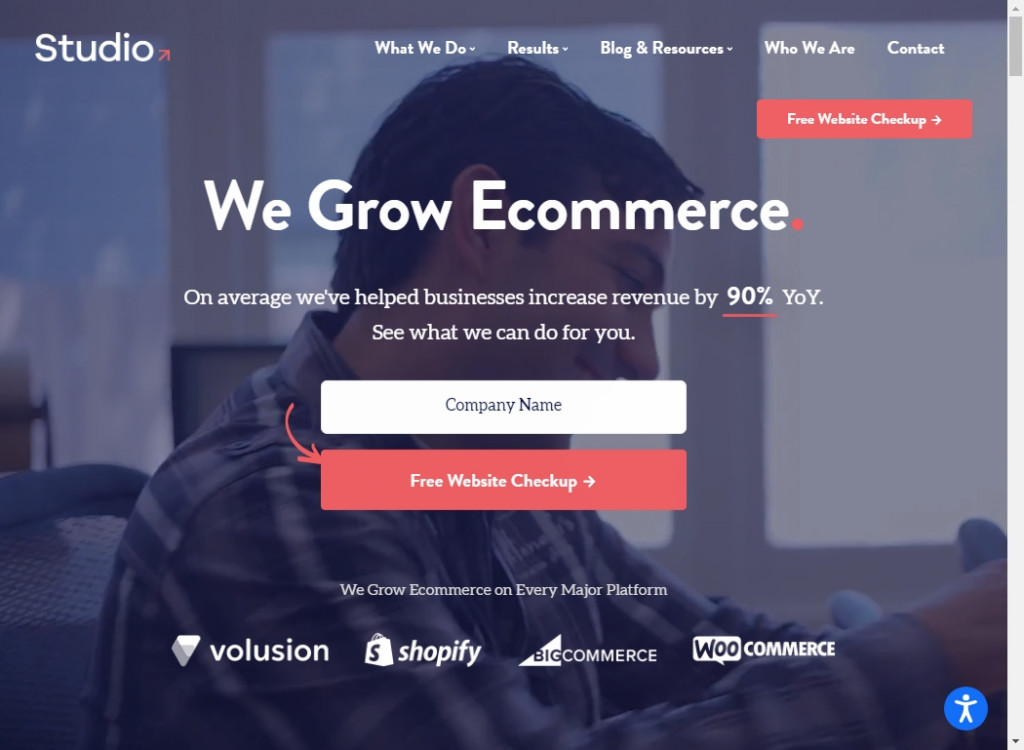The Role of User-Centered Website Design in Increasing Customer Retention
The Role of User-Centered Website Design in Increasing Customer Retention
Blog Article
Boost Engagement With Cutting-edge Site Style Solutions
An attentively crafted individual experience, underpinned by strategic aesthetic layout and interactive aspects, can substantially enhance individual engagement. By checking out various techniques such as receptive style and tailored material, companies can develop a platform that not only captivates individuals but also promotes long-lasting loyalty.

Understanding Individual Experience
Comprehending customer experience (UX) is essential for producing reliable website layout solutions, as it directly influences just how individuals engage with digital platforms. An extensive UX technique incorporates numerous aspects, including individual, usability, and ease of access fulfillment, every one of which add to the overall efficiency of a website.
To begin with, usability concentrates on exactly how easily customers can browse and locate the information they look for. Ease of access makes certain that all individuals, consisting of those with disabilities, can effectively engage with the internet site.
Furthermore, understanding customer identities is vital for customizing the experience to fulfill certain audience requirements. By carrying out user study and screening, developers can gather understandings that educate layout choices, making sure the website not only meets aesthetic goals but also fulfills useful demands. Eventually, a thoughtful technique to UX design fosters interaction, urges retention, and enhances total customer fulfillment, which are essential for the success of any digital system.
Visual Design Approaches
Integrating effective aesthetic style techniques is necessary for capturing customer interest and boosting the general user experience on an internet site. A well-thought-out aesthetic power structure guides individuals through the material, allowing them to conveniently take in and browse information. This can be attained through the critical usage of typography, color pattern, and spacing, which jointly create a engaging and natural format.
Shade plays an essential role in stimulating emotions and developing brand name identity. Using a well balanced shade combination that straightens with the brand name's principles can foster experience and trust fund. Additionally, integrating high-grade images and graphics improves visual charm and can dramatically enhance individual interaction.
Whitespace, usually neglected, is equally crucial as it allows material to take a breath and protects against overwhelming individuals with mess. It helps with much easier reading and understanding, leading to a more delightful surfing experience.
Finally, uniformity in design elements-- such as button symbols, designs, and font styles-- ensures a seamless user journey, enhancing the brand name's professionalism and trust. By purposefully carrying out these visual design techniques, sites can not only draw in visitors but additionally motivate them to remain longer and engage even more deeply with the content.
Interactive Components for Interaction
Engaging customers properly often depends upon the execution of interactive components that welcome participation and foster a vibrant surfing experience. These aspects, including tests, surveys, and interactive infographics, motivate customers to proactively take part rather than passively eat material. By incorporating such attributes, web sites can not just catch attention however likewise enhance user retention.

Gamification is one more powerful approach. Including game-like components, such as success or benefits for completing tasks, can change ordinary interactions right into pleasurable experiences. This technique not only improves interaction however likewise urges users to return, developing a faithful audience.
Moreover, interactive elements can promote social sharing, intensifying a web site's reach. Attributes like remark sections, share buttons, and user-generated web content areas foster community interaction, turning site visitors into energetic participants. website design. Ultimately, the critical use interactive components is important for developing a appealing and engaging site that resonates with users
Receptive and Flexible Layout
A properly designed site should focus Going Here on flexible and responsive style to make certain ideal user experiences throughout a variety of tools and display sizes. Responsive style utilizes liquid grids and versatile pictures, permitting the layout to instantly adjust based on the visitor's screen dimension. This method ensures that customers can easily engage and browse with the content, no matter of whether they are making use of a mobile phone, tablet, or desktop computer .
In contrast, flexible style uses predefined layouts that are customized to specific tool categories. This means that the site detects the sort of device being made use of and offers the ideal format, which can improve filling times and maximize the display of vital elements. While both methods aim to improve use, receptive design is frequently favored for its fluidness and seamless transition between devices.
Integrating adaptive and responsive design not just boosts customer contentment yet also favorably impacts online search engine rankings. Online search engine prioritize mobile-friendly websites, thus raising visibility and attracting even more visitors. Spending in these layout techniques is critical for companies looking to engage their audience effectively and preserve an affordable edge in today's digital landscape. website design.
Analyzing Individual Responses and Data
Customer comments and information evaluation are vital components of efficient site layout, as they give important understandings into individual actions and choices. By methodically taking a look at and gathering customer feedback with studies, usability testing, and analytics devices, developers can identify pain factors and locations for improvement. This data-driven technique makes it possible for companies to tweak their internet site elements, guaranteeing that the customer experience aligns with target market expectations.
Examining metrics such as bounce prices, time on web page, and click-through rates uses a measurable viewpoint on user engagement. These metrics assist designers recognize which web content reverberates and which locations might need optimization. A/B testing can be employed to evaluate variants in design, allowing designers to make informed decisions based on user communications.
Including customer comments not only enhances web site use yet also fosters a feeling of area and count on. Engaging her comment is here with individuals through responses loopholes cultivates loyalty and urges repeat check outs. Eventually, leveraging user responses and data evaluation is indispensable to developing a vibrant, user-centered web site that adjusts to developing customer requirements and preferences, thereby driving greater engagement and satisfaction.
Conclusion

An attentively crafted customer experience, underpinned by strategic visual layout and interactive components, can substantially improve customer interaction.Including efficient visual layout strategies is necessary for catching customer attention and improving the general customer experience on a site.Customer feedback and information analysis go to the website are important elements of efficient web site design, as they provide useful insights right into customer habits and choices. Inevitably, leveraging user feedback and information evaluation is important to developing a vibrant, user-centered web site that adjusts to advancing customer demands and choices, thereby driving greater involvement and complete satisfaction.
In final thought, cutting-edge web site style options significantly enhance user interaction by prioritizing user experience, using reliable aesthetic strategies, and integrating interactive elements.
Report this page